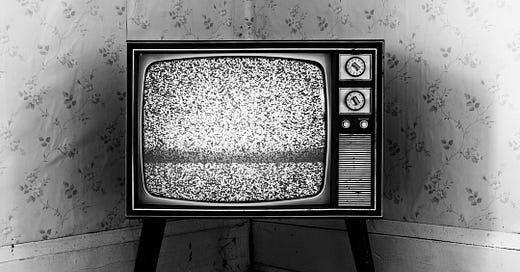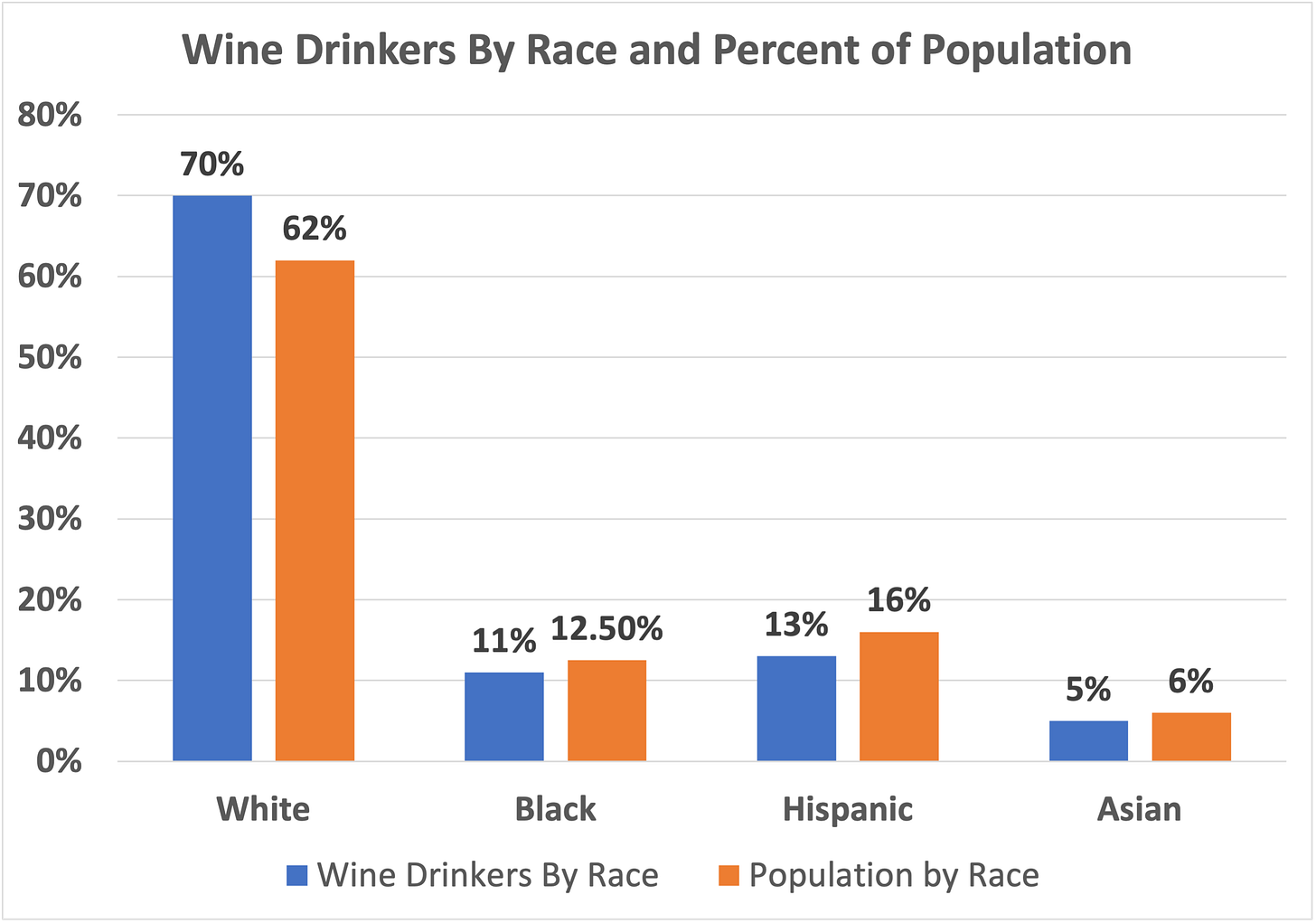Depicting Wine In Black and White
Despite a desperately bad representation of wine and ethnicity in on TV, some interesting conclusions about wine and culture can be drawn.
There are three new shows on television that center people of color within a wine context. “Grand Crew,” “Kings of Napa” and “Promised Land”. A think piece in the San Francisco Chronicle carefully ruminating on the meaning of this seeming unusual dichotomy was the perfect venue to explain the various ways BIPOC folks have been absent from the Wine industry. The thoughtful piece leads to an interesting revelation that is not commonly discussed when the fraught subject of race and wine is discussed.
But first things first. I’ve not seen “Kings of Napa” nor “Promised Land”. However, I have seen “Grand Crew”. And it is bad. It’s not the kind of horrible that you can’t stop watching or so terrible it’s actually funny. No. The writing, acting and all the rest are so bad that when I reached for but could find the remote control to change the channel, I found myself grasping about the general area of the couch for a sharp object to ram into my eyes and ears just to make it stop. And it’s not about race. You could put Denzel, Cheadle, Viola, and Ms. Berry in the rolls of the wanna-be “Friends” and you’d still need to avert your eyes lest permanent damage is done. If this thing gets picked up for a second season it will only be because the original contract called for two seasons’ worth of shows, but it will most certainly get shoved into a 6:30 pm slot on Saturday where it can’t do anyone much harm.
Having gotten that off my chest, let me return to the much more palatable SF Chronicle article that explores the meaning of putting people of color in a wine setting. Besides an unfortunate appearance of the “whiteness” trope, the article is diligent in outlining the ways wine has and has not sidled up next to people of color in our country. But about halfway through reading, I came across something that made me halt:
“And what comes across more powerfully is the shows’ collective vision of a future where wine connoisseurship is more diverse…For now, that future is still mostly a fantasy. Nielsen Spectra data from 2016 shows that 70% of U.S. wine drinkers are white, while just 13% are Latinx and 11% are Black.”
“Just”? The obvious implication of the “fantasy” here is that the consumption of wine in the United States is wildly skewed toward whites. But I stared at the “11% are Black” figure and tried to find where “wildly skewed” came into play knowing that Blacks make up 13% of the U.S. population.
It turns out that when you look at wine drinkers in the U.S. broken down by race, there is no wild disparity and the numbers are not wildly skewed. Whites, representing 62% of the population make up 70% of the wine drinkers, while Blacks, making up 12.5% of the population, make up 11% of the wine drinkers. Nor are Hispanics or Asians wildly underrepresented among wine drinkers.
But this doens’t tell the whole story of the relationship between wine and ethnicity. As the SF Chronicle story points out, “Black vintners may represent as little as 0.001% of winemakers and winery owners in California.”
But there is another side to this also. Looking at how much is spent on wine broken down by ethnicity, Vintage Economics reported that white households spend far more on wine than non-white households.
However, this disparity is most certainly not a function of race or racism or bigotry. It is certainly a function of socio-economics and wealth/income.
What seems highly likely is that consumption of wine would be less among lower-income groups regardless of ethnicity, making the question of wine consumption largely a socio-economic issue, not a race issue.
The other piece of the pie that is missing in understanding the relationship of ethnicity and wine is ethnic representation among those that work in the wine industry. This has been the primary concern over the past couple of years—that BIPOC folks are underrepresented within the industry. We don’t know what percent of Blacks, Hispanics, Asians, and Whites are represented in the distributor tier, among retail employees, in wine marketing, in tasting rooms, etc. Nor, assuming there is BIPOC underrepresentation in these and other positions, do we know the precise reasons why. Understanding these things would go a very long way to putting initiatives to end disparities on sound footing.
However, none of this will fix “Grand Crew”. The show is a menace to society.







Based on the title of the show, I did stumble into, and briefly watch an episode. I concluded no redeeming value within a few minutes. I don't doubt your assessment at all. However, thanks for putting the consumption data in context. Context seems to be a lost concept these days.